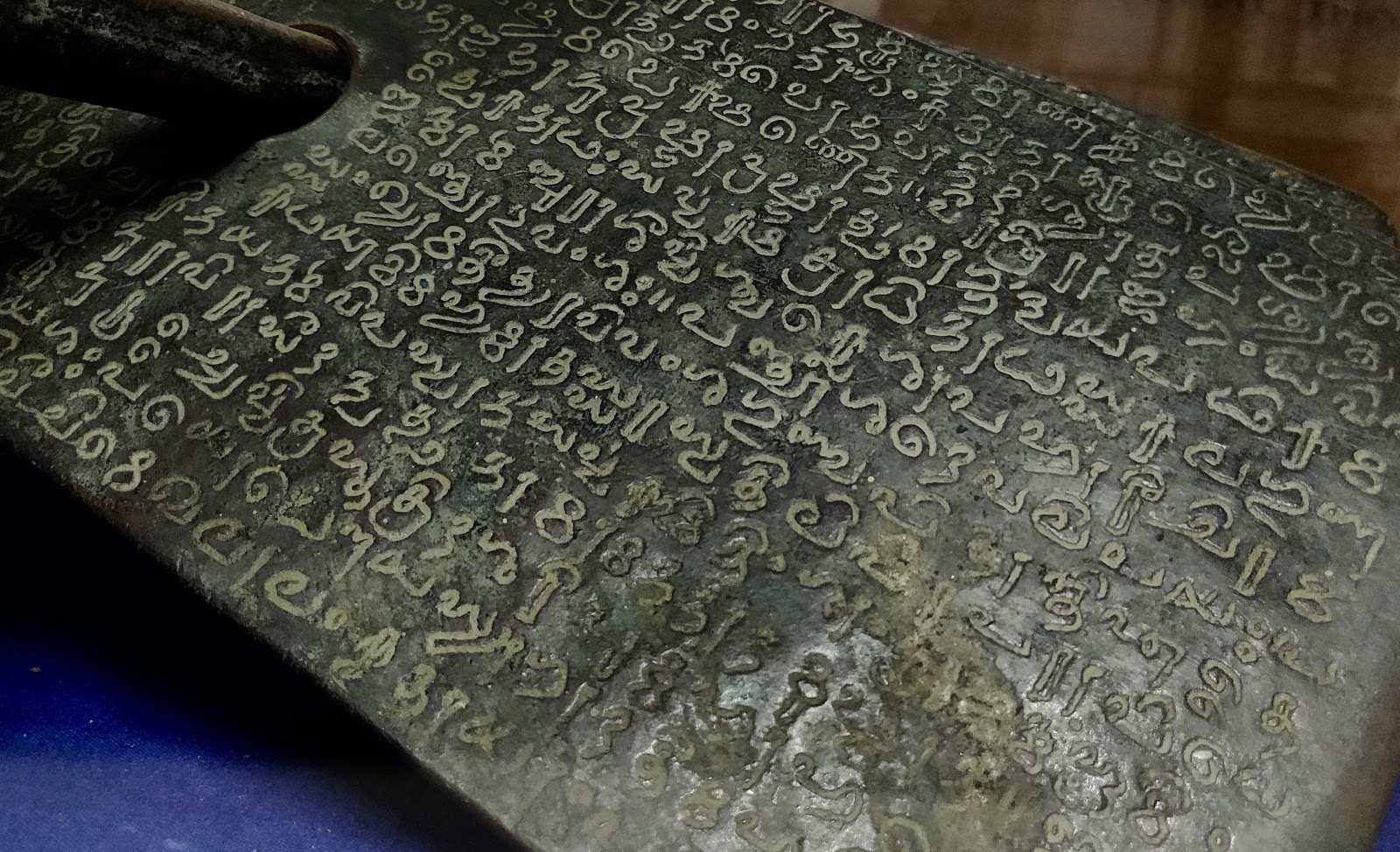It is reported that Mahmud of Ghazni attacked India 17 times between 1000 and 1025 CE. The chief motive behind these raids was money. The kingdoms of India were famed for their unimaginable wealth, and Ghazni was keen to get his hands on as much of it as he could. Do you know where all this wealth that mesmerised Ghazni was locked up in? Temples!

Today, there are many temples in India that are known for the wealth they house. You may be thinking of Tirumala Tirupati Temple which is valued at 11 billion dollars or the Golden Temple in Amritsar with its 750 kg golden dome. But there is one temple in Kerala, whose riches amount to more than all that. It’s even richer than the Vatican which is valued at some 10-15 billion dollars. The Padmanabhaswamy Temple, in Kerala’s capital city of Trivandrum, is reported to be worth well over 22 billion dollars. And that’s just the treasure they’ve unearthed so far.
How did the Padmanabhaswamy temple get so rich? Centuries of accumulating treasure of course. But also because of a king. In 1750, King Marthanda Varma of the Travancore royal family did something unusual. He marched into the Padmanabhaswamy temple, bowed before the main shrine and declared that he was surrendering everything he owned to the presiding deity. His kingdom and all his wealth went right into the hands of God. The king was a mere custodian. Though the decision was meant to be a symbol of his devotion, some people think that the king was just being crafty. After all, who would dare steal right from under the nose of God himself?
The Padmanabhaswamy temple isn’t an exception. Long before Marthanda Varma came up with his clever plan, kings, common folk, merchants and farmers had been doing something similar. Let’s quickly go through the history of banking. In ancient times, people exchanged things through barter. But soon, it became inconvenient. After all, it wasn’t enough just finding someone who had what you wanted, but that person had to want what you had to offer in exchange. As it became more and more inconvenient to exchange cows or coir rope for pots or pans, gold and silver became early currency. But then a new problem arose. Where to keep these items safe?

Temples proved to be a convenient solution. They were everywhere, in villages, towns and cities. Priests were often educated and could manage accounts. And there was security, both real and divine! This system existed around the world. For instance, the ancient historian Herodian tells us that the Romans saw their temples as places of “unquestioned security,” and that the temple of Jupiter Capitolinus in Rome functioned as a state treasury, with a secret hiding-place located within the throne of the central idol.
In India, temples have long been banks. People, governments, and businesses used temples as depository institutions where donations of land, gold, cattle etc could be made. And the temple, in turn, would recirculate this income by lending money for fixed rates of interest. They helped distressed communities in times of flood or famine, financed local infrastructure, and sometimes even funded wars. These temple banks were the main funders of the extensive trade networks and merchants guilds that carried exotic goods in and out of India. Copper plate inscriptions tell us a lot about this. For example, an inscription from Kodumbalur in Tamil Nadu, dating back to 1269 CE, speaks of a community borrowing money from the Tirumudukunramudaiya-Nayanar temple, with an agreement to pay interest.
So you see, the divine in India dealt with money, and got rich dividends from it too!
If you’d like to learn more about the Padmanabhaswamy temple and its history, join us on the Kingdom of the Gods trail in Trivandrum.

You can also learn a lot more about copper plates and the fascinating insights they give us into the past, by trying the Stone Sculptures Gallery Audio Tour, on our app, available on Google Play Store and the App Store.
Archives
- January 2022
- December 2021
- November 2021
- August 2021
- March 2021
- February 2021
- January 2021
- December 2020
- November 2020
- October 2020
- September 2020
- August 2020
- April 2020
- March 2020
- February 2020
- January 2020
- November 2019
- October 2019
- September 2019
- August 2019
- July 2019
- June 2019
- August 2017
- February 2017
- January 2017
- October 2013
Featured Posts
- Tales that pots tell: Keeladi excavations AUGUST 18, 2021
- The Last Grand Nawab: Wallajah FEBRUARY 10, 2021
- How Tej Singh became Raja Desingu of Gingee FEBRUARY 5, 2021
- How Shahjahan seized the Mughal throne JANUARY 28, 2021
- Alai Darwaza – Qutub Minar Complex, Delhi NOVEMBER 21, 2020
- Marking History through British buildings NOVEMBER 17, 2020
- The last great queen of Travancore NOVEMBER 7, 2020
- Brahmi and the evolution of scripts OCTOBER 15, 2020
- The Cambodian King of Kanchipuram OCTOBER 14, 2020
- James Prinsep – the man who read the writing on the wall OCTOBER 10, 2020
- Mariamman – the Village Goddess who travelled SEPTEMBER 30, 2020
- Misnamed Monuments of Mamallapuram SEPTEMBER 28, 2020








